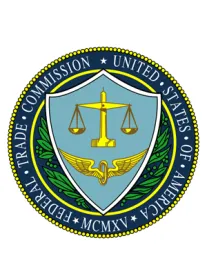The Federal Trade Commission (FTC) recently issued an enforcement policy statement and accompanying guidance addressing deceptively formatted “native advertising” in digital media. “Native advertising” refers to advertising formats that mimic the surrounding non-advertising content and are often indistinguishable from news, feature articles, product reviews, editorial, entertainment, and other content. Companies that use native advertising in digital media should review the FTC’s policy statement and related guidance to ensure that their advertising policies cover this issue, and that their digital advertisements are not formatted in a manner that the FTC would consider deceptive.
In the Enforcement Policy Statement on Deceptively Formatted Advertisements released on December 22, 2015, the FTC identifies the following three forms of deceptively formatted advertisements that also apply to native advertisements in digital media:
-
Advertisements that appear in “news format” or otherwise misrepresent their source or nature (e.g., an advertisement formatted to appear as a regular search result without disclosing the paid nature of the advertisement).
-
Advertisements with misleading “open doors” (e.g., an email that misleads the recipient as to the source or content of the email).
-
Deceptive endorsements that do not disclose a sponsoring advertiser (e.g., reviews in an app store that are posted by employees of a public relations firm hired by the app developer).
The policy statement further explains that the FTC will find a digital advertisement deceptive if it misleads reasonable consumers as to its nature or source, including that a party other than the sponsoring advertiser is the source. In assessing whether an advertisement’s format is misleading, the FTC will look at the overall impression that an advertisement gives to reasonable consumers. The FTC will also find an advertisement deceptive if it misleads consumers about a material fact (i.e., a fact that is important to a consumer’s choice or conduct relating to the advertised product).
Along with the policy statement, the FTC released a guide entitled “Native Advertising: A Guide for Businesses” that offers informal guidance to help businesses apply the policy statement in their day-to-day digital media operations.
In particular, businesses should consider the following three guidelines to ensure that an advertisement’s format is not deceptive:
-
An advertisement or promotional message should be transparent and not suggest or imply to consumers that it is anything other than an advertisement.
-
If the native advertisement is not clearly commercial in nature, disclosure may be necessary to ensure that consumers understand that the content is advertising.
-
If a native advertisement needs a disclosure, the disclosure should be clear and prominent.
The guidance also provides 17 examples of when businesses should disclose that content is native advertising, and how businesses can make clear and prominent disclosures in their native advertising.




 />i
/>i

